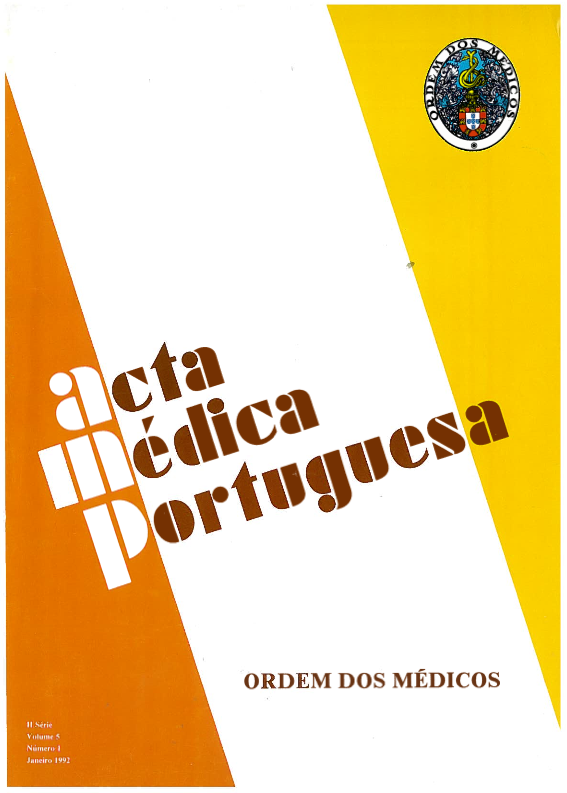Automated analysis of cardiotocographic signals.
DOI:
https://doi.org/10.20344/amp.3187Abstract
Cardiotocographic signals, used as a perinatal diagnostic tool, comprise fetal heart beat signals (FHR), uterine contractions (UC) and fetal movements (FM). Visual inspection of these three signals is limited, subjective, time consuming and with low reproducibility. The present paper illustrates an application of signal processing techniques to the automatic analysis of cardiotocographic signals, allowing to overcome visual inspection limitations. Porto system of cardiotocograms automatic analysis acquires the signals from a conventional cardiotocograph. The signals are stored and processed by a personal computer. System software allows the user to perform several operations such as signal acquisition, signal storage and retrieval from files, signal analysis and display. Signal analysis is preceded by various signal conditioning operations (filtering, spike removal, etc.) and consists in the estimation of several parameters with diagnostic value: FHR baseline; FHR accelerations and decelerations; uterine contractions; long and short term FHR variability. The system prototype is working on a routine basis at the Obstetrics Department of S. João Hospital (main Oporto Hospital) and is being evaluated using a large data set. A preliminary evaluation performed by 3 experts on a 50 cases set, yielded an agreement rate with computer measurements of 98% for the baseline, 72% to 82% for accelerations and decelerations and 76% for the uterine contractions.Downloads
Downloads
How to Cite
Issue
Section
License
All the articles published in the AMP are open access and comply with the requirements of funding agencies or academic institutions. The AMP is governed by the terms of the Creative Commons ‘Attribution – Non-Commercial Use - (CC-BY-NC)’ license, regarding the use by third parties.
It is the author’s responsibility to obtain approval for the reproduction of figures, tables, etc. from other publications.
Upon acceptance of an article for publication, the authors will be asked to complete the ICMJE “Copyright Liability and Copyright Sharing Statement “(http://www.actamedicaportuguesa.com/info/AMP-NormasPublicacao.pdf) and the “Declaration of Potential Conflicts of Interest” (http:// www.icmje.org/conflicts-of-interest). An e-mail will be sent to the corresponding author to acknowledge receipt of the manuscript.
After publication, the authors are authorised to make their articles available in repositories of their institutions of origin, as long as they always mention where they were published and according to the Creative Commons license.









